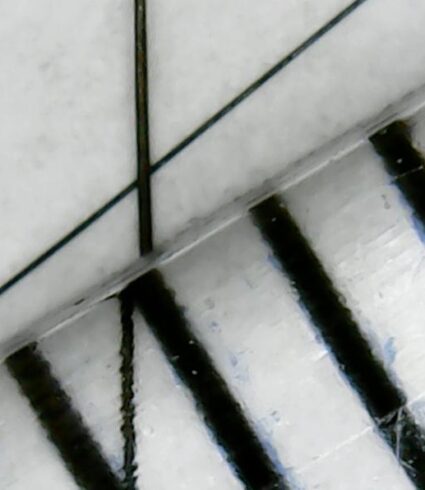Making ultrastrong, ultralight material for cars on the cheap

What it is
A cheaper way to make carbon fibers that are stronger and lighter than steel, using leftover waste from crude oil processing. Such fibers could be used to manufacture strong, lightweight materials for cars and aircraft, among other applications.
Why it matters
The process grew out of a DMSE research project spurred by a 2019 request from the US Department of Energy’s Vehicle Technologies Office. The VTO was grappling with the industry’s critical need to find cost-effective ways to decrease automobiles’ weight as electric vehicles take hold (batteries make electric cars heavier than gas-powered ones). With material properties identical to steel, carbon fiber mesh was already being used as an ultralight structural material in such diverse applications as aircraft, high-end bicycles, and tennis rackets. But standard manufacturing processes did not produce a material that was reliable enough to be used for automotive production at scale. And at $10 to $20 per pound (versus $1 per pound for steel), it was too expensive for broad use.
So, a group of researchers at MIT including Nicola Ferralis and DMSE’s Morton and Claire Goulder and Family Professor Jeffrey Grossman, along with the Western Research Institute in Wyoming and Oak Ridge National Laboratory in Tennessee, searched for a cheaper way to make carbon fibers. By carefully modeling the ways bonds form and crosslink between the constituent molecules of pitch—the gloppy leftovers from processing petroleum—the team developed a way of predicting how a given set of processing conditions would affect the resulting fiber properties. The team estimates its methods can bring down the cost to about $3 a pound.
What’s next
Companies of all types can access the team’s work, which is open source, and predict characteristics such as density and elastic modulus of the fibers.
“The spirit of the work wasn’t to develop something new,” says Ferralis. “The technology for creating ultralightweight carbon mesh from petroleum pitch already existed. But we identified the conditions that enable existing processes to be optimized, opening up the possibility of other uses,” including household appliances, automobiles, and spacecraft.
The new process for making carbon fibers can bring down their cost to as low as $3 a pound.

